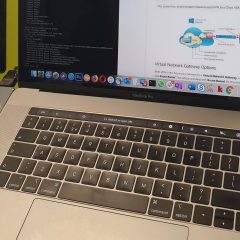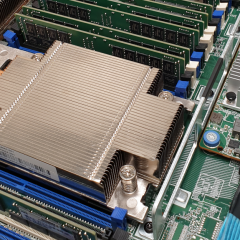Outlook (for macOS) Notifications Stopped Working
KB ID 0001684 Problem Like most of us I spend my working day based around Outlook calendar meetings and entries, I’ve even got birthdays and anniversaries in there. So recently when the notification pop-ups stopped working, it was a potential problem. Occasionally I could hear the notification ‘sound’, but I had to open outlook and change to the notification window to see them. When you are as absent minded as me,...
Outlook – Change Calendar Temperature from Fahrenheit to Celsius
KB ID 0000782 Problem Providing you have your location setup, Outlook 2013 will give you a three day temperature forecast. However by default that will be in Fahrenheit, if you would prefer this in Celsius then do the following. Solution 1. From within Outlook > File > Options. 2. Calendar > Scroll Down > Change to Celsius> > OK. 3. Now it should display properly. Related Articles, References, Credits, or External...
Outlook Web App 2013 – Offline Mode
KB ID 0000727 Problem A great new feature of OWA 2013 is the ability to run in ‘Offline mode’. This runs in the same manner as Microsoft Outlook’s ‘Cached Mode’ which has been built into full Outlook since version 2003. There are a few caveats before you can get it to work; Requirements for OWA Offline Mode 1. A compatible browser (Internet Explorer 10, Chrome 18, or Safari 5.1). source 2. You...
Connecting Evolution Mail Client to Exchange 2010 (and Exchange 2007)
KB ID 0000378 Problem Out of the box Evolution can only connect to Exchange 2000 and Exchange 2003, this is because it uses OWA to connect, when Exchange 2007 was released, the way OWA was presented changed a great deal. So if you try and connect to a newer version of Exchange it will error. (Before you email in, I know in 2010, its now called Web App not OWA). But there’s nothing to stop you connecting to Exchange 2007 and...



